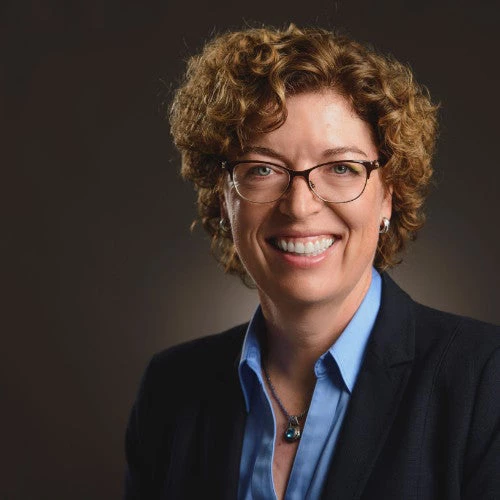
The other day I had the opportunity to participate in the annual CAF conference on Infrastructure, this time held in Mexico City. The conference featured CAF's new IDEAL report on the state of infrastructure in Latin America and the conference, attended by many decision and opinion makers from across LAC, was organized around findings of the report.
I had a few takeaways from the discussions, notably that (1) there is convergence on a range of key issues and (2) there are some important Bank messages that are unique:
First, where there is convergence across the Region:
The less favorable macroeconomic climate has slowed down infrastructure investments across the Region. Infrastructure in this context means Transport, Energy, ICT, and Water (including water supply, sanitation and bulk water resources).
The funding gap for infrastructure continues to persist. Depending on the calculations, LAC would need to ramp up its investments from roughly 3 percent to 6 percent of GDP for sustainable growth. This would amount to about 180 billion USD per year. It is hard to see where the extra funding could come from in the current scenario.
In Latin America as elsewhere, most infrastructure has been funded from public sources: About 70 percent is funded by the public purse, 20 percent by the private sector and 10 percent by grants/donations. Given that growth has slowed down, public financing is unlikely to ramp up, so there's a need to capture other financing sources.
However, the region faces a further hurdle. Even if such funding could be available, LAC suffers from a continued dearth of bankable projects.
Institutional weakness looms large: investors – be it the private sector per se, pension funds or sovereign wealth funds – look for stability and trust, and for clear frameworks that enable them to function. LAC has made progress, but it is clear that, for instance, East Asian countries are converging to OECD standards at a much faster pace.
For LAC to accelerate and build infrastructure into its growth model ( see recent WB report), countries will need specific incentives to look at their regulatory frameworks, institutional stimuli and planning capabilities, as well as the depoliticization of investment decisions.
Environmental and social sustainability of infrastructure investments is a central part of this, and the conference tackled the question of the expected higher costs due to the need to enhance resilience to climate change. The LAC chapter of our recent “ Turn Down the Heat” report reveals that, in the region, climate change will bring about floods, more droughts, more heat waves, and a significant rise in sea levels, which would affect large coastal cities, such as Rio and Barranquilla. Glacier melt is ongoing and Andean countries are scrambling to find ways to secure the water supply their burgeoning cities need.
All of this will further increase the need for planning, strong institutional frameworks, funding and innovative financing mechanisms. The challenge is that today's weaknesses in the infrastructure sectors already are significant, so countries will have a huge task to build in medium-term climate challenges as well.
The conference’s discussions reinforced my conviction that the Bank has a unique role to play in helping LAC countries overcome these odds. We can help our clients build the bridge to strengthening the poverty dimension of infrastructure investment, services and accessibility. We know that infrastructure (appropriately prioritized and built) is growth enhancing, and that growth leads to poverty reduction, but we also know that in order to support the poor to move out of poverty, they need targeted infrastructure.
LAC has made great strides in providing basic access to services in most dimensions: water supply, electricity, roads, and, increasingly, Internet and mobile phone services. However, there still is a gap in sanitation and many services are of low quality. This is a major challenge to support the poor and the vulnerable with better infrastructure services. After all, although more than one third of LAC now is middle class, one in four citizens still lives under four dollars a day.
So prioritizing between and enhancing both, targeted pro-poor investments and growth-enhancing investments (which also positively affect poverty reduction) will be of great importance, and the Bank's unique focus on the poorest and on the bottom 40 percent is an essential contribution to the overall infrastructure debate in the region.
LAC Finance Ministers have made infrastructure a key topic for their meeting during the WBG-IMF Annual Meetings, which this year takes place in Lima. We will be there and take the debate further.


Join the Conversation